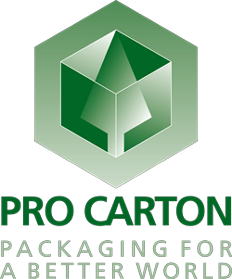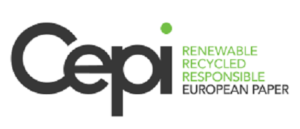The pulp and paper sector has already decoupled growth and CO2 emissions for several decades, but it remains energy-intensive. To go even further in its commitment to climate change mitigation it bets on breakthroughs in an array of technologies, which could reduce the sector’s energy needs by as much as 80%, and on a formidable potential to install renewable energy directly on-site. A recent acceleration in progress have been spurred by unprecedented collaboration amongst industry actors.
Cepi represents European pulp and paper manufacturers. It leads a network of innovative solution providers and boots-on-the-ground experts, called the Energy Efficiency Solutions Forum, or EESF. It includes engineers working across Europe for companies and suppliers in the sector.
Their aim is to accelerate the development and implementation of emission-reducing technologies, identify obstacles to their deployment and to advocate for a favourable regulatory environment. Recently, the EESF has collaborated with the heat pump industry and its EU association, and laid the groundwork for heat pumps to be integrated in Europe’s paper mills. Heat pumps have the potential to provide about 50% of the energy required for heat and, in the same process, help to lower their CO2 emissions. Additionally, a recent study found that 30% of electricity and almost 6% of heat generated on-site could by 2030 come from solar or wind energy.
Still, the largest gains in reducing emissions will come in the near future from reducing manufacturers’ energy needs in the first place. Bets are still off on which technology identified by the EESF will eventually be the expected game-changer. Superheated steam technology transforms paper mills into large, closed circuit heat pumps. Novel drying systems allow for the water in the web paper web to be removed without the use of heat and evaporation, and waterless paper production would entirely remove the need to apply heat. One of these technologies will eventually become the breakthrough which will allow the sector to significantly reduce its CO2 emissions.
Apart from the EESF, several other consortia in Europe explore the potential of energy efficiency solutions, as they offer the higher ‘decarbonisation per euro spent’ and aim to tackle the ‘hard problem’ of the amount of heat needed to dry paper. Heat alone represents about 70% of energy needs in a paper mill.
One such group is the German Modellfabrik Papier, a ‘model factory’ which will soon house researchers and academics focused on one goal: climate-neutral paper production by 2045. It is supported by 24 companies and seven research centres, as well as Cepi itself and its German counterpart DIE PAPIERINDUSTRIE. Another is the VTT Technical Research Centre of Finland Ltd, launching a mission-based research programme called Energy 1st – Fibre products forming, involving more than 40 companies. This programme will demonstrate an innovative ‘dry forming’ process in a pilot infrastructure.
Comparatively to other sectors, pulp and paper manufacturing makes substantial annual investments into the greening of its production processes. This comes with a certain number of near misses, which is why evaluating the business case for a new technology is an essential part of the process. A recent study of ‘deep eutectic solvents’ aiming to decarbonise pulp making at the source has not had the results expected. But it led to breakthroughs into the production of lignin, which could be a major source of revenue for the industry in the near future, as an alternative to fossil-based materials.




